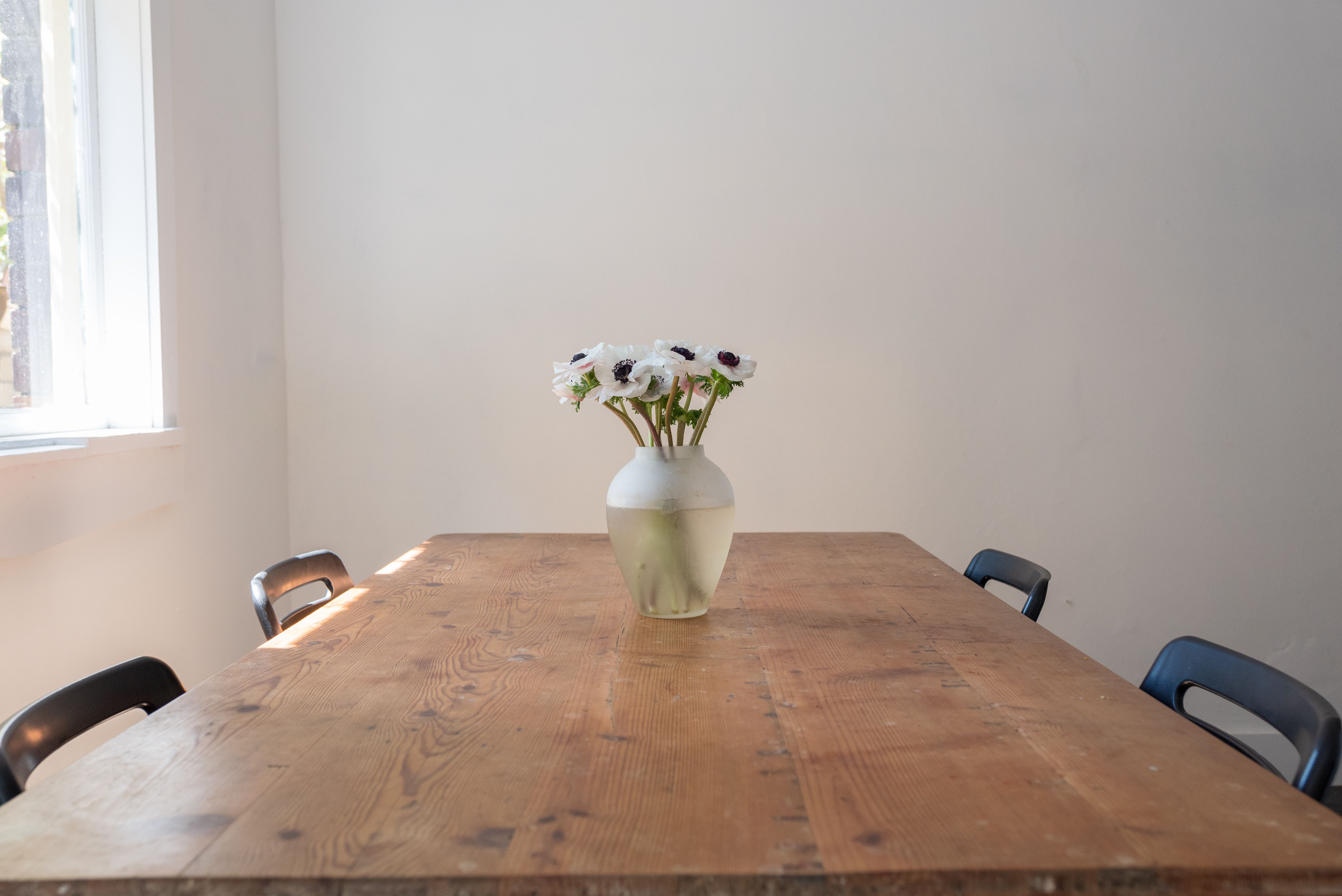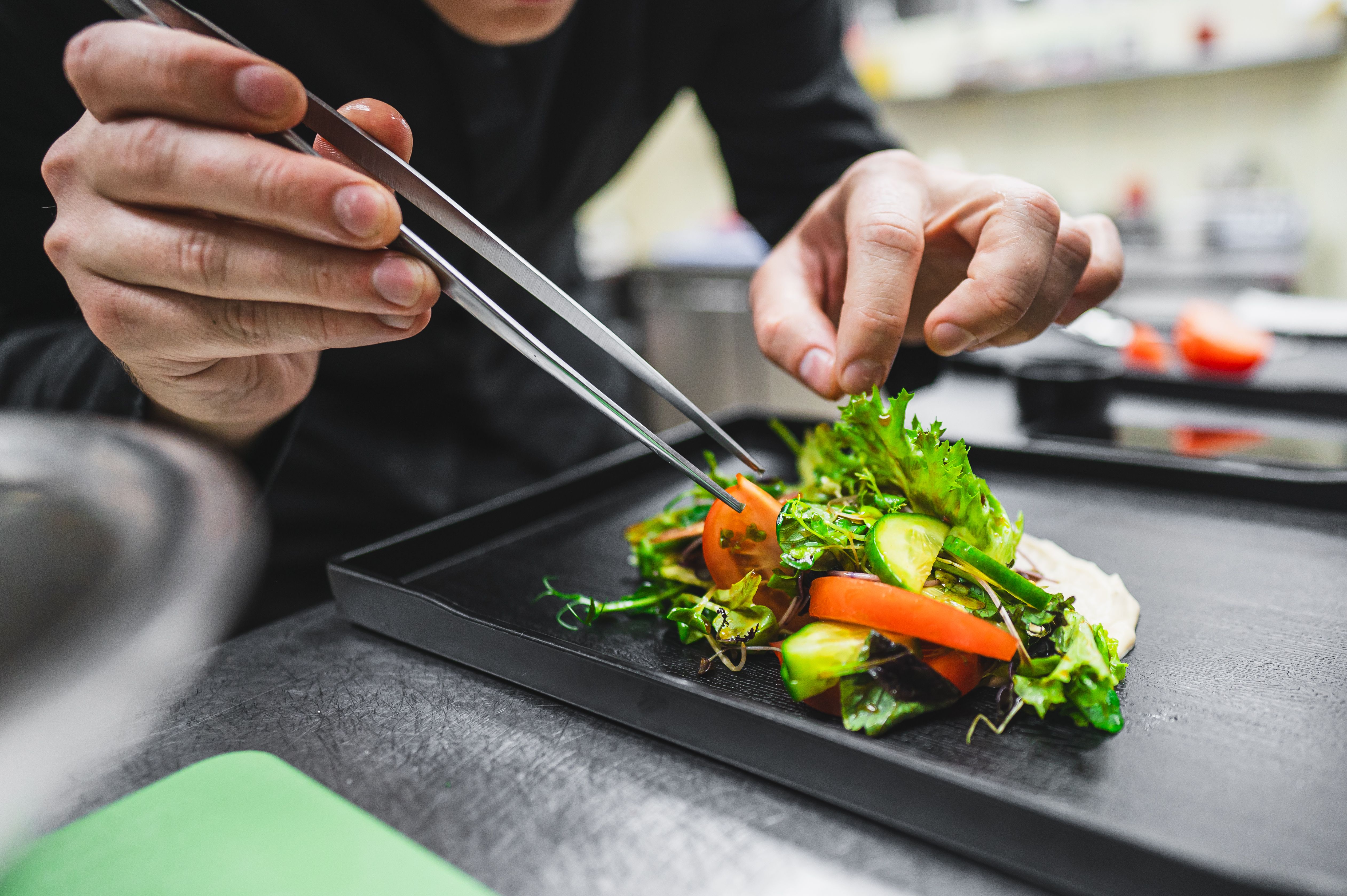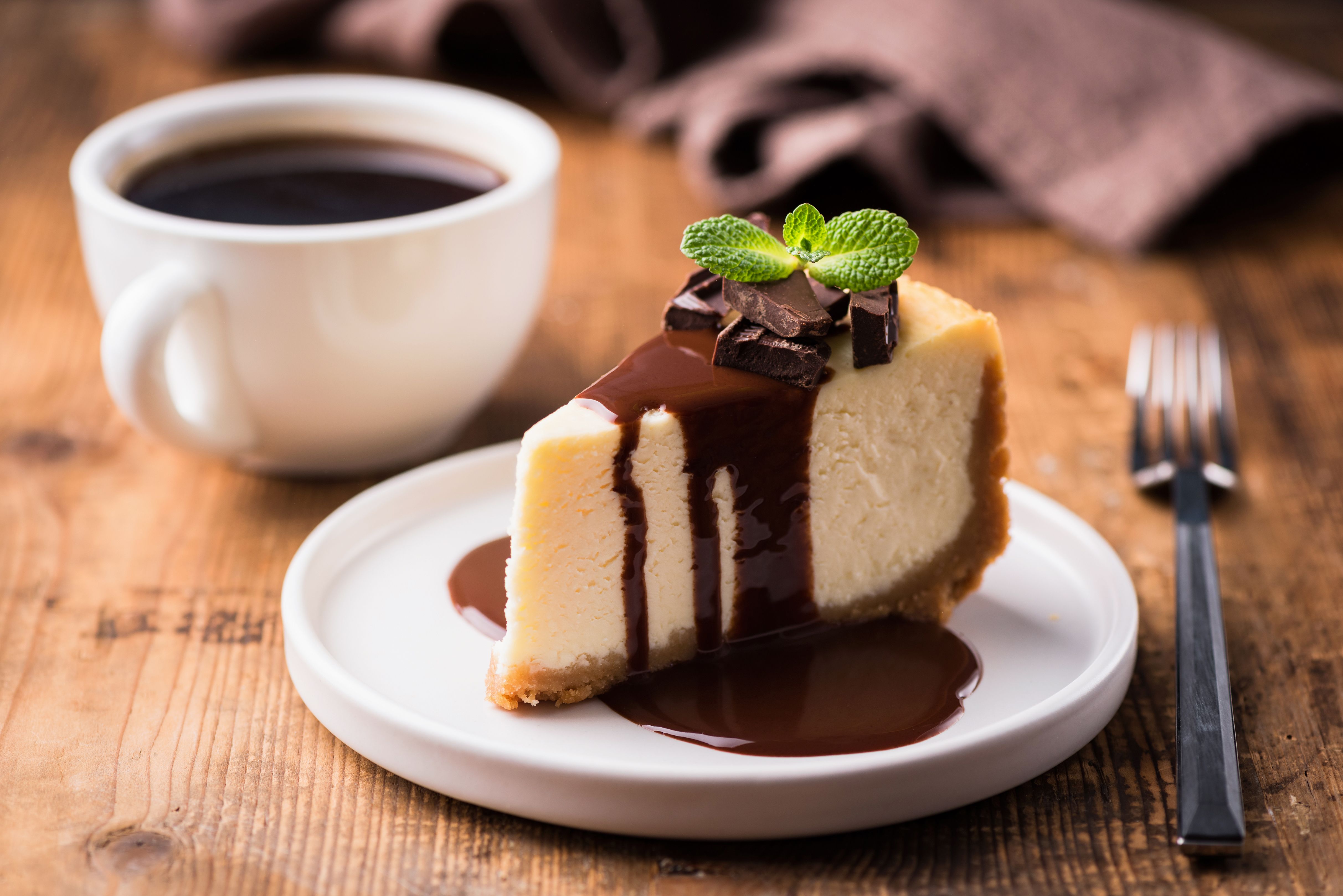Creating a Gourmet Degustation Experience at Home
Setting the Scene for a Memorable Evening
Creating a gourmet degustation experience at home is a delightful way to explore culinary creativity and entertain guests with an exquisite meal. Preparing such an event requires attention to detail, from the menu selection to the ambiance of your dining space. Start by choosing a theme that resonates with your culinary interests, whether it's a focus on seasonal ingredients or a journey through different cuisines.
To enhance the atmosphere, set the table with elegant dinnerware and consider soft lighting to create a warm and inviting environment. Playing soft background music can also complement the dining experience, providing a sensory delight beyond just taste.

Crafting a Thoughtful Menu
When planning your degustation menu, aim for variety in flavors, textures, and presentation. Typically, a degustation menu includes several small courses, each designed to provide a unique taste experience. Start with light appetizers and progress to richer, more complex dishes, finishing with a delightful dessert.
A well-curated menu might include:
- An amuse-bouche to awaken the palate
- A refreshing seafood or vegetable dish
- A hearty meat course with a complementary side
- A palate-cleansing sorbet
- A decadent dessert to conclude the meal

Pairing Wines and Beverages
An important aspect of a gourmet degustation is the pairing of wines or other beverages with each course. Selecting the right drink can elevate the flavors of your dishes and enhance the dining experience. Consider offering a different wine for each course, maintaining a balance between red and white wines based on the dishes served. For those who prefer non-alcoholic options, craft mocktails or infused waters can be an elegant alternative.
Preparing Each Dish with Precision
Execution is key when it comes to preparing each dish for your degustation menu. Attention to detail in both cooking technique and presentation will ensure each course is a masterpiece. Take time to practice each recipe beforehand, focusing on perfecting flavors and fine-tuning presentation styles. When plating, think about color contrasts and garnishes that enhance the visual appeal.

Utilize a variety of cooking techniques, such as sous-vide, grilling, or poaching, to add depth and complexity to your courses. This diversity not only showcases your culinary skills but also keeps guests intrigued with each new taste.
Ensuring a Smooth Experience
Timing is crucial in a degustation experience. Carefully plan the sequence of courses to ensure each dish is served at its optimal temperature and doneness. Consider preparing certain components ahead of time to streamline the process during the event. Enlist some help if possible, allowing you to focus on presentation and guest interaction.
As you serve each course, take a moment to introduce the dish, share its inspiration, and suggest tasting notes or pairing considerations. This personal touch adds depth and context to the meal, enriching the overall experience for your guests.
Wrapping Up the Evening
After the final course has been enjoyed, invite your guests to relax with coffee or tea, perhaps accompanied by petit fours or chocolates as a final indulgence. This provides an opportunity for guests to wind down and reflect on the meal they've just experienced.

Creating a gourmet degustation experience at home is an artful endeavor that combines creativity, skill, and hospitality. By thoughtfully planning each element of the evening, you'll craft an unforgettable culinary journey that delights all senses and leaves your guests eager for more.
Commercial Kitchen http://avice.org
